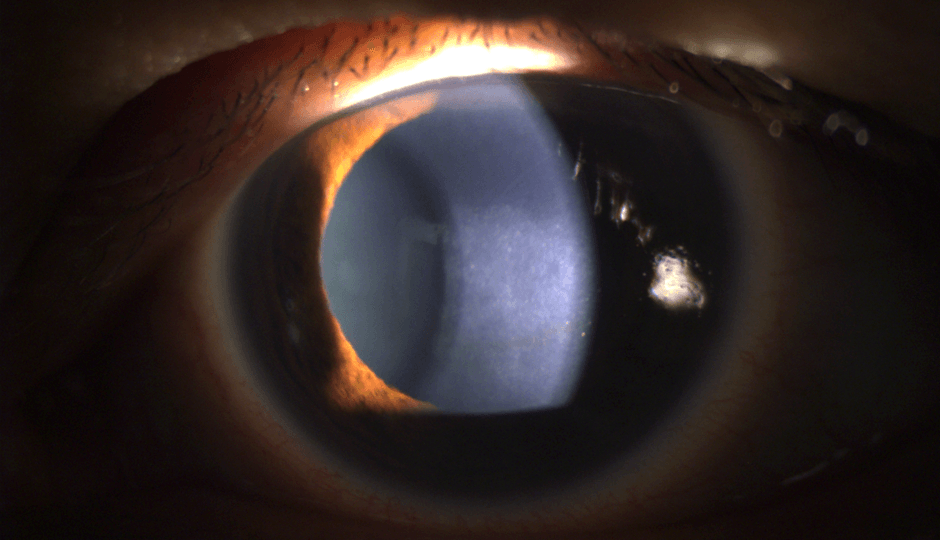What Is Fuchs’ Dystrophy?
Fuchs’ Dystrophy or Fuchs’ Corneal Endothelial Dystrophy (FECD) is an eye disease where the cells that line the inner surface of the cornea begin to slowly start dying off. It usually affects both of the eyes, and symptoms can include eye pain, sensitivity to light and glare, foggy or blurred vision, colored halos around lights, and vision that gradually worsens throughout the day.
What Causes Fuchs’ Dystrophy?
Fuchs’ can be inherited; if one of your parents had the disease, the chances of developing Fuchs’ Dystrophy are 50%. The condition can also occur in people who have a family history of the disease.
Primarily, the condition is more commonly found in women than men. It affects people over the age of 50 more frequently, although doctors won’t be able to see any sign of the disease until a person reaches their 30s or 40s.
The thin layer of cells around the back of the cornea is affected the most by Fuchs’ dystrophy, as these cells help to pump out any excess fluid from the cornea. When more of the cells are lost, fluid starts to build up in the cornea, resulting in swelling and clouding of the cornea. This fluid may build up only during sleep at first, or when the eyes are closed, but as the disease becomes worse, small blisters can start to form. When these blisters become bigger, they can start to break off—the cause of which is eye pain. Fuchs’ dystrophy can also change the cornea’s shape, resulting in more vision problems.
Refer to the action plan for help with this.


Everything is very open with a clear explanation of the challenges.
It was definitely informative. Your website is
very helpful. Thank you for sharing!